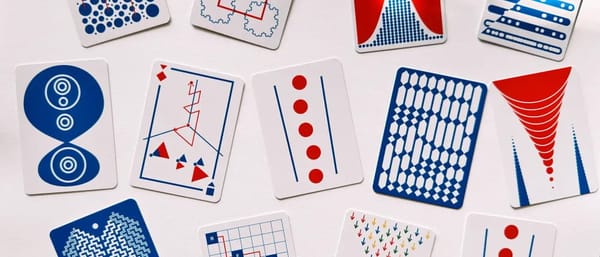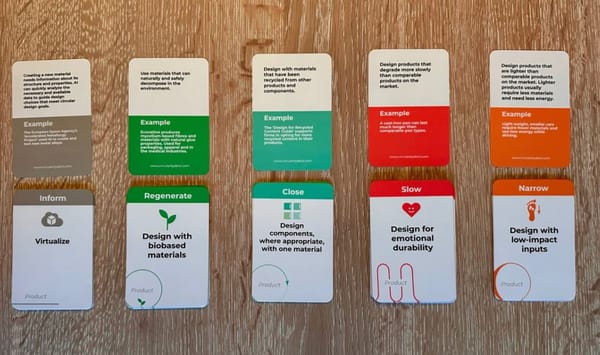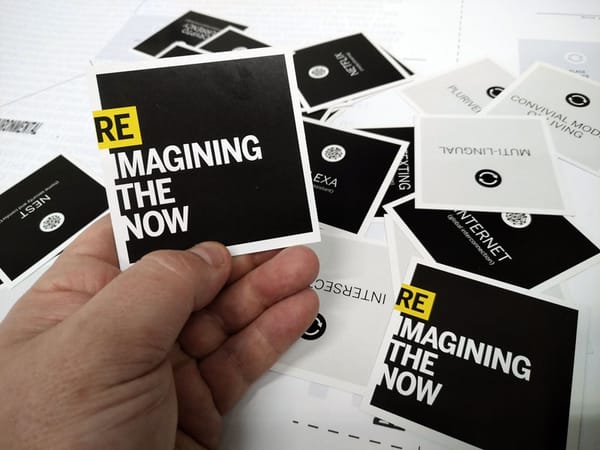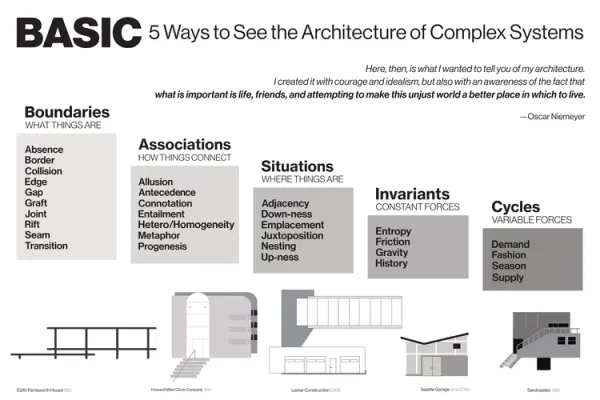№ 42 | Multiverses, The AI Hammer, Beyond Chatbot Interactions, A Parable About A River, Plus Doors & Waterlines

Multiversal appeal
I love essays like this that can step back, normally a few decades after the fact, and make cultural observations as to why something got into our collective psyche. Anyway, here’s a commentary on “How the multiverse got into our heads and didn’t let go.”

If a hammer was like AI…
Per Axbom takes on the ‘AI is just a tool’ sentiment, with this brilliant and satirical poster. I suppose, after hearing one too many times “AI is really no different from a hammer” he felt “compelled to make a poster to address these claims.”
✨“Steal it, share it, print it and use it where you see fit.”✨

Per elaborates a bit more on each of his nine comments in this thread.
Beyond chatbots…
…as an interaction paradigm for the novel capabilities of language models. A small collection (3, with more to come) of interface provocations from designer Maggie Appleton. I love this setup:
The primary interface everyone and their mother jumps to at this point is the chatbot. We are irreversibly anchored to this text-heavy, turn-based interface paradigm. And sure, it’s a great solution in a lot of cases! It’s flexible, familiar, and easy to implement. But it’s also the lazy solution. It’s only the obvious tip of the iceberg when it comes to exploring how we might interact with these strange new language model agents we’ve grown inside a neural net.

A parable: Two sides
Oh yeah, a parable is also a kind of thing to think with! Here's one about two people who share a polluted river.

Doors and waterlines
Metaphors to think with! Here’s a short article about “how to feel more confident in your decisions,” referencing two different metaphors, that of a waterline and that of doors.
Coincidentally, I was—as in just this week—introduced to the concept of “walking through a one-way door or a two-way door” by a coworker.
When you walk through a one-way door, there’s no coming back. It’s irreversible. While with a two-way door, you can go through and return. It’s reversible.
I'll let you read more about it and the the waterline metaphor.
Personal sidenote: While both of these are good, simple metaphors, I favor thinking about decisions with a bit more gradation, using a kind of pace layering to decide how malleable a decision may be later on.





